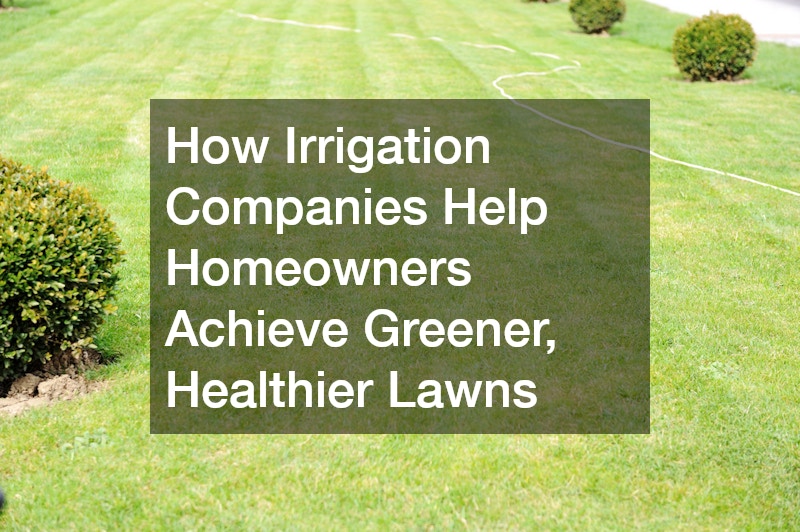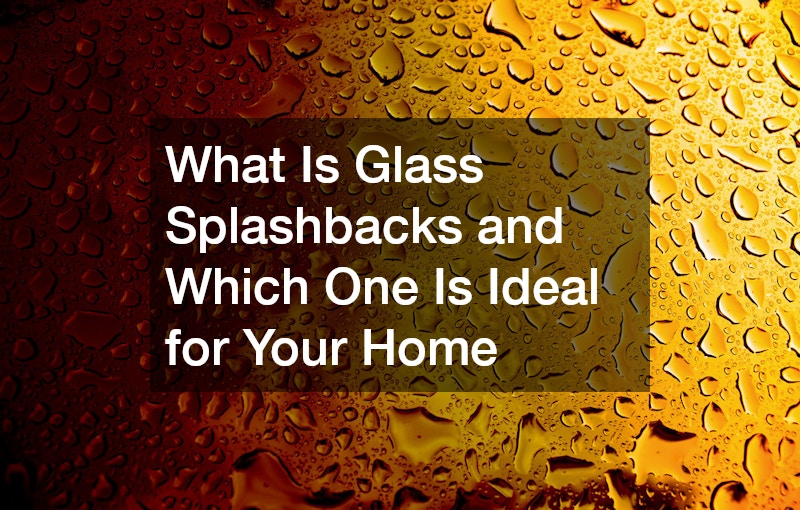Installing an awning is a brilliant way to enhance both the functionality and aesthetic appeal of your outdoor space. Whether you’re looking to create a shaded area to relax in during hot summer days or seeking to extend your living space outdoors, choosing the right awning is key. However, with so many options available on the market, selecting the perfect awning can be a daunting task.
This guide will walk you through the various types of awnings, their benefits, and what to consider to ensure you make a choice that fits your needs and lifestyle.
1. Retractable Awnings
Retractable awnings are a popular choice for many homeowners due to their versatility. Unlike fixed awnings, retractable options can be extended or retracted as needed, providing the flexibility to enjoy sunlight or shade at your convenience. They’re typically operated with a manual hand crank or a motorized system. One key advantage of retractable awnings is their ability to protect the fabric from harsh weather, thereby extending the lifespan of your investment. However, they tend to be more expensive than other types, which is an important consideration for budget-conscious homeowners.
2. Fixed Awnings
Fixed awnings, also known as stationary awnings, provide a permanent shaded area for your outdoor space. They are a great option if you have a specific area that you want to keep sheltered year-round, such as a patio or deck. Fixed awnings are typically more durable than retractable ones and require less maintenance since they lack moving parts. However, they do not offer the same flexibility in terms of sun exposure control. It’s crucial to consider the durability of the fabric, especially if you live in an area with extreme weather conditions.
3. Freestanding Awnings
If you’re looking for an incredibly versatile option, freestanding awnings might be the perfect fit. These awnings do not require attachment to a wall or building, making them ideal for gardens and open spaces. One key advantage of freestanding awnings is their portability, allowing you to relocate them according to your needs. They’re an excellent choice for rental properties, as they can be easily moved or removed altogether. However, the stability of these structures can be a concern in areas prone to strong winds, so make sure to select a design with a sturdy frame.
4. Window Awnings
Window awnings are small, stylish additions that can significantly reduce indoor heat gain during summer months. By shading your windows, these awnings help maintain cool indoor temperatures, thereby reducing your reliance on air conditioning and saving on energy bills. Beyond utility, they add a charming architectural detail to your home’s exterior. When choosing window awnings, consider the building materials and the style you want to impart to ensure they complement your home’s design. Modern window awnings come in various shapes and materials, allowing for customization to suit varied preferences.
5. Metal Awnings
Metal awnings are known for their durability and longevity. They provide a robust solution for areas requiring long-term sun and weather protection. The metals used, often aluminum or steel, are resistant to rust and can endure harsh weather conditions, making them ideal for locations with extreme climates. However, they may not offer the same aesthetic appeal or flexibility as other types of awnings, and they can be noisier during rainfall. If durability is a top priority for you, a metal awning is worth considering, especially if you’re installing it in a high-traffic or commercial area.
Choosing the right awning requires careful consideration of your specific needs, the architectural style of your home, and your budget. Whether you opt for the flexibility of retractable awnings, the permanence of fixed options, or the unique appeal of freestanding structures, each type offers distinct advantages to match your lifestyle. Window and metal awnings bring additional benefits like energy efficiency and longevity, respectively, making them worthy of consideration. Remember to assess the durability and maintenance needs of your chosen material to ensure it provides lasting satisfaction. By thoughtfully selecting an awning, you can expand your living space and enhance your home’s functionality and visual appeal.
Additionally, take into account the local climate and how your awning will perform in different weather conditions throughout the year. For example, areas with high winds or heavy snow may require sturdier materials and professional installation. Awnings can also contribute to reducing indoor temperatures and lowering energy bills, making them an eco-friendly home improvement. Don’t forget to explore customization options such as color, fabric patterns, and integrated lighting to tailor the design to your taste. With the right choice, an awning becomes more than just a shade solution—it’s an investment in comfort, curb appeal, and long-term value.
.





